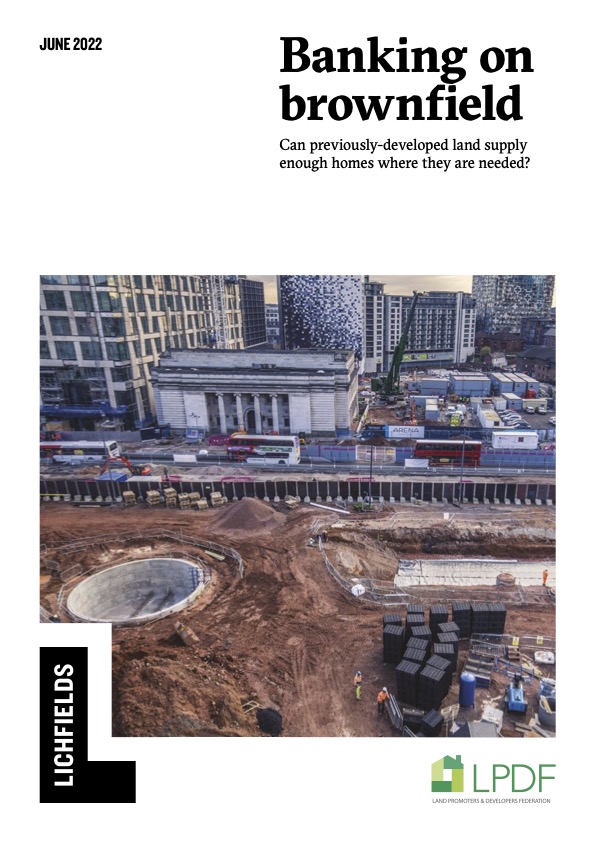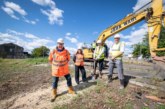
Building new homes on brownfield land is not the solution to the national housing emergency, even if significant government support is forthcoming, claims a report recently published by the Land Promoters and Developers Federation (LPDF).
According to the Banking on Brownfield report, even if every site on council brownfield registers was to be built out in full, brownfield land capacity only equates to just under a third (31%) of the 4.5 million new homes needed over the next 15 years.
Undertaken on behalf of the LPDF by planning and development consultancy Lichfields, Banking on Brownfield asks if previously developed land can supply enough homes, of the right type, where they are needed. The answer is a resounding no.
The report shows:
- 1.4 million estimated net housing capacity on listed sites in Brownfield Registers (after 58,000 are deducted due to double counting).
- 23,500 individual site entries on Brownfield Registers (after 1,000 are deducted due to double counting).
- 31% net brownfield capacity as a proportion of the amount of housing needed over the next 15 years.
- 48% of potential homes on Brownfield Registers are estimated to be flats, compared with 17% of households likely to live in flats.
- 1 to 27 – the ratio of one new brownfield house (as opposed to flats) to every 27 households likely to live in houses.
- 57% of brownfield capacity outside the Greater South-East (GSE) is within the two least viable quintiles (20%) of LPA areas (compared with less than 3% of those in GSE).
- 68% of the Housing Market Areas (HMAs) with more brownfield capacity (relative to their housing need) are already more affordable than average.
There were 132,000 net housing additions built in England in 2001 when ‘brownfield first’ was the dominant national housing supply policy objective (compared with 234,000 p.a. on average over the last three years).
LPDF Chairman Paul Brocklehurst said: “If the Government wants to meet its target of building 300,000 homes each year, no source of land can be ‘off the table’. Our analysis in this report shows that there is simply not enough brownfield land in any part of the country to meet housing needs alone.
“The re-orientation of housing policy, and Homes England efforts towards brownfield regeneration, may help support the conditions where viable and developable land can come forward, but many of these sites will also require grants to unlock them, at greater expense to the taxpayer. Even with this policy support, greenfield land development will still be needed in every region, to meet current housing need.”
He added: “The competition for urban land is ever present, markedly between economic and residential uses. Our research finds the opportunity cost of prioritising brownfield land for housing rather than employment is significant in pricing out industrial and office development to potentially sub-optimal locations.”








